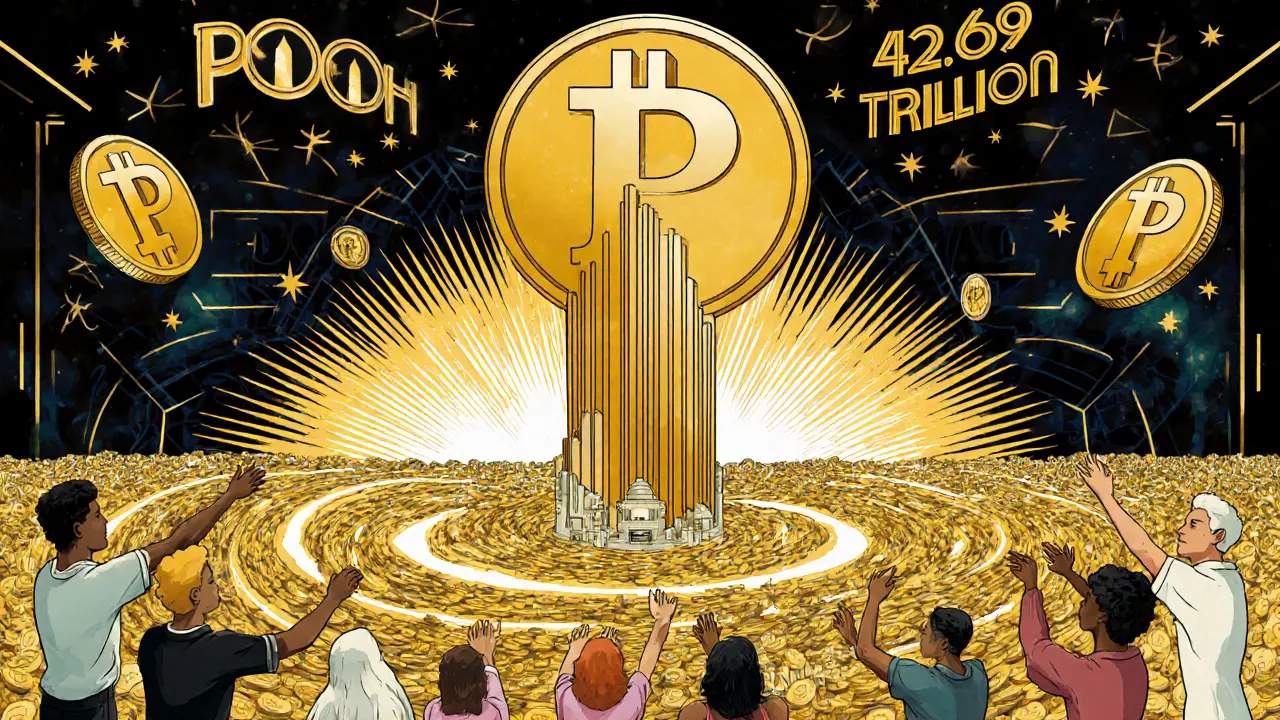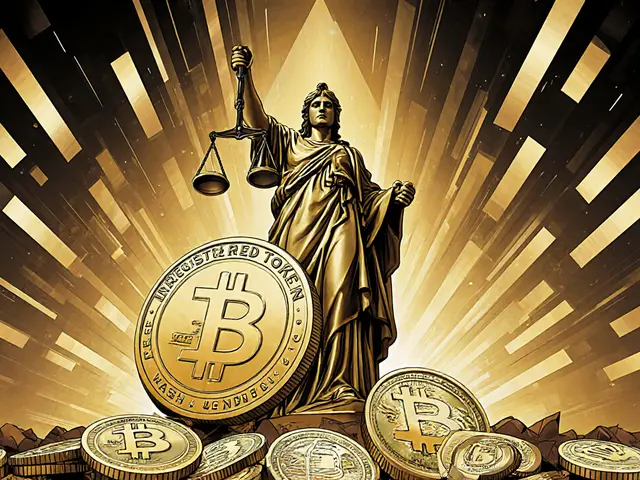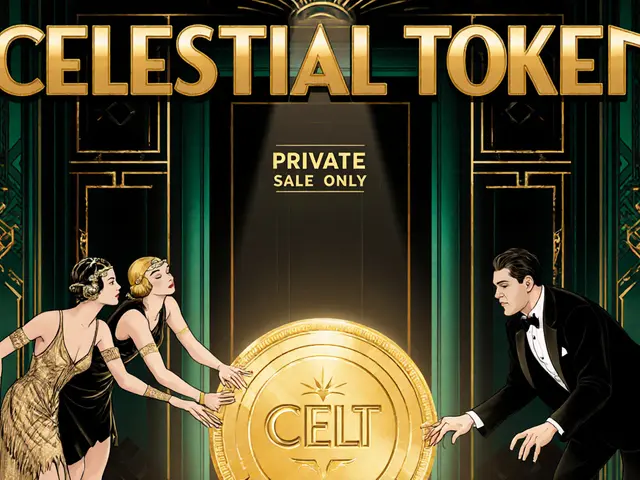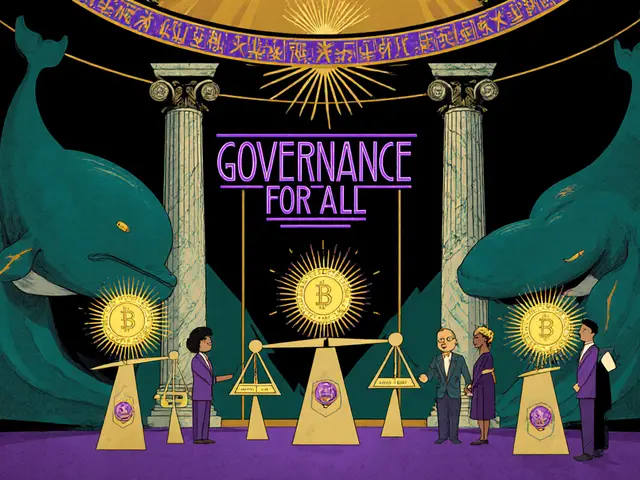Ethereum Meme Coin: What They Are, Why They Rise, and How to Avoid the Traps
When you hear Ethereum meme coin, a cryptocurrency token built on the Ethereum blockchain that gains value from internet culture, not utility. Also known as ERC-20 meme token, it’s often created in hours, promoted by influencers, and priced by memes—not fundamentals. These coins don’t solve problems. They don’t automate DeFi, track liquidity, or power cross-chain swaps. They exist because someone thought a dog, a pirate, or a random word would go viral. And sometimes, it does.
What makes an Ethereum meme coin different from a real project? It’s simple: ERC-20, the technical standard that lets tokens run on Ethereum gives anyone the power to create a coin in minutes. No team, no whitepaper, no roadmap needed. That’s why you see tokens like RyuJin (RYU) or DOLZ—1 quadrillion supply, locked liquidity, zero development. They’re not investments. They’re digital lottery tickets. And just like real lotteries, someone wins, but most lose. The Ethereum blockchain, the network that runs these tokens and powers most DeFi apps doesn’t care if your coin is a joke. It just processes the transactions. Gas fees still apply. Wallets still connect. And scammers still exploit the chaos.
Why do people buy them? Because they see others making quick money. Because a TikTok video says ‘this is the next Shiba Inu.’ Because they think, ‘What if I get in early?’ But here’s the truth: 99% of Ethereum meme coins die within weeks. The ones that survive—like Dogecoin or Shiba Inu—did it because of massive community momentum, not code. Most others? They vanish. Or worse, they get rug-pulled. You’ll find posts here about fake airdrops, ghost exchanges, and tokens with no team—like CELT, KALA, or LocalCoin DEX—all built on the same pattern. The same blockchain. The same vulnerability.
There’s no magic formula to pick the next winner. But you can learn to spot the traps. Look for locked liquidity. Check if the team is anonymous. See if the token has any real use beyond trading. Ask: Is this just a meme, or is it a money grab? The meme coin scams, fraudulent projects designed to lure buyers with hype and then disappear are everywhere. They use the same tactics: fake Twitter bots, fake YouTube reviews, fake ‘official’ websites. They don’t need to be smart. They just need you to be impatient.
What you’ll find below isn’t a list of top meme coins to buy. It’s a collection of real stories—about tokens that crashed, airdrops that never happened, exchanges that vanished, and projects that fooled thousands. Some are funny. Some are scary. All are lessons. You won’t find fluff. You won’t find hype. Just facts, patterns, and warnings from people who’ve seen it all before. If you’re thinking about jumping into an Ethereum meme coin, read these first. Your wallet will thank you.
What is POOH (POOH) Crypto Coin? The Full Lowdown on the Meme Coin With 420.69 Trillion Supply
POOH is an Ethereum-based meme coin with 420.69 trillion tokens, zero taxes, and a fully renounced contract. Learn how it works, where to buy it, and why it stands out in the chaotic world of meme coins.





